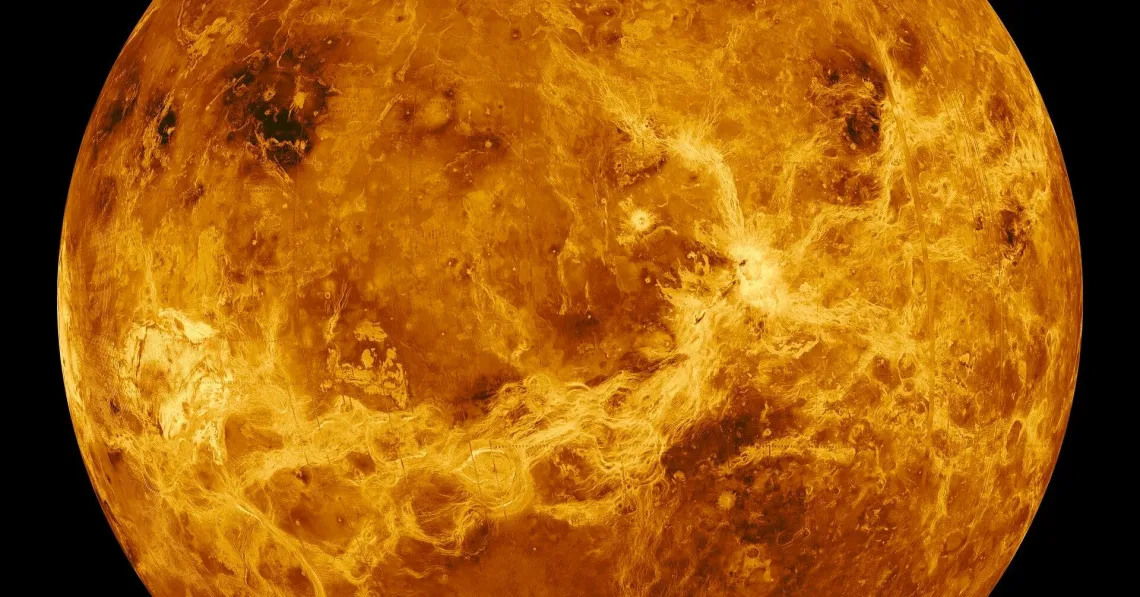New Study Suggests Some Forms of Life Could Exist in Venus’ Sulfuric Acid Clouds

Credit: Pixabay/CC0 Public Domain
A team of chemists and planetary scientists from Worcester Polytechnic Institute, Nanoplanet Consulting and MIT has found evidence that a form of life that uses sulfuric acid as a liquid medium could exist in some of the clouds covering Venus. The team has published their paper on the arXiv preprint server.
Prior research has suggested that if there is any kind of life form living on Venus, it would likely not be on the surface (it is far too hot) but in the clouds, where temperatures are closer to those found on Earth. But prior research has also shown that the clouds covering Venus are not made up of water; instead, they are constituted mostly of sulfuric acid.
Sulfuric acid is a mineral acid made up of sulfur, oxygen and hydrogen—on Earth, it is odorless, colorless and corrosive. But, the researchers note, there is no evidence that all life forms must have the same kind of liquid medium to function. In this new effort, they wondered if sulfuric acid could serve as a liquid medium for some form of life. To that end, they looked into the possibility of amino acids remaining stable when immersed in sulfuric acid at temperatures found in the clouds covering Venus.
They tested 20 biogenic amino acids by suspending small samples in jars of sulfuric acid for four weeks at temperatures observed in cloud layers on Venus situated 48 to 64 kilometers above the surface. They found that 19 of the amino acids remained either unreactive or were chemically modified in ways that would allow life to exist.
The researchers suggest that, should amino acids make their way to the clouds covering Venus (such as via a meteor), they could conceivably interact with other organic material also delivered by a meteor to start some form of living material, one with a sulfuric acid medium. Amino acids, they note, are the building blocks from which proteins are made, which is a requisite for life on Earth. They further suggest that their findings also broaden the range of possible life-sustaining planets in other parts of the universe.
